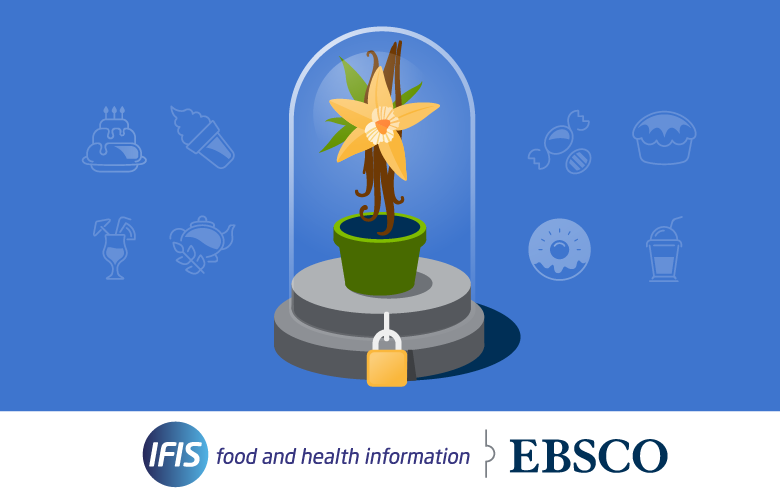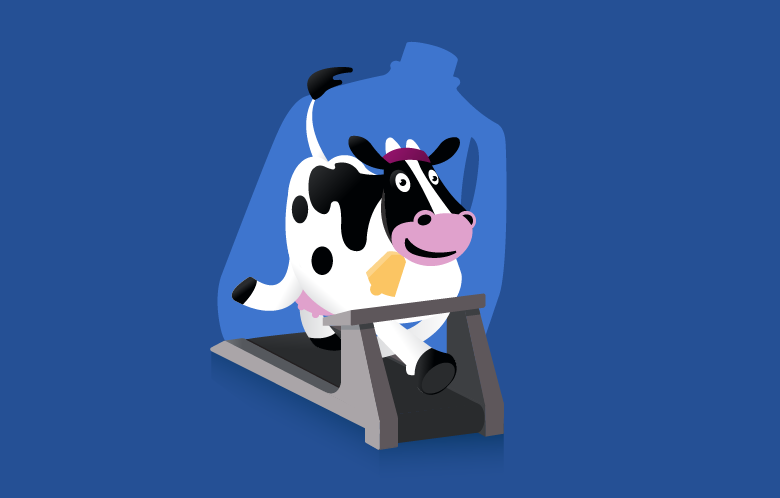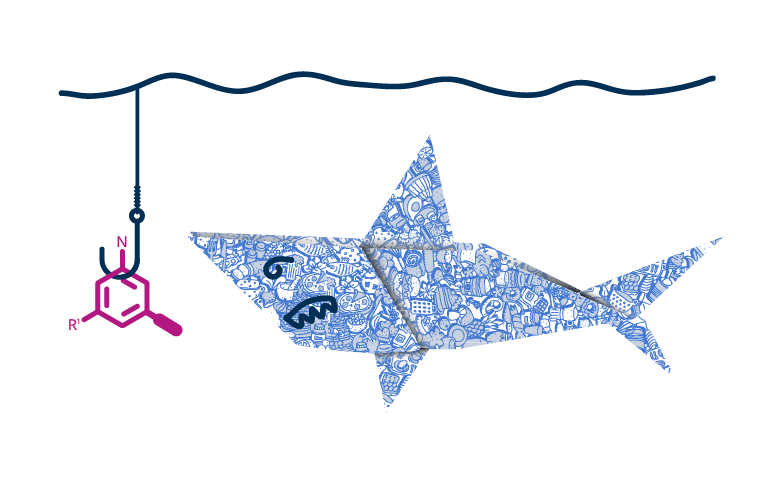Vanilla is found in baked goods, ice cream, and perfumes. The popular flavoring can often be described as plain or boring, but when it comes to the production of the beloved spice, it's anything but.
Environmental factors, time-consuming pollination techniques, and artificial substitutions are all impacting the production of vanilla. This, combined with high consumer demand and frustrated farmers, makes the price and availability of vanilla fluctuate drastically.
With so many components involved, vanilla production is an area of research that is ripe for studying. FSTA with Full Text is a specialized full-text database covering scientific and technological literature relating to food, beverages and nutrition. Created in collaboration with IFIS, this resource can help students and researchers explore content covering all things vanilla.
Environmental Factors
Much of the world’s vanilla is grown in Madagascar – a country that is susceptible to cyclones, tropical storms and droughts. In March of 2017, Cyclone Enawo hit Madagascar and destroyed most of the vanilla crops in areas like Antalaha and Sambava. Storms and droughts like these may continue to change as the climate does and will have an impact on the way vanilla is farmed, harvested and distributed. Severe weather from climate change not only wipes out crops and in turn increases the price of vanilla, but also forces farmers to harvest the spice early, which affects the quality and flavor.
FSTA with Full Text explores this evolving issue with access to reliable academic journals and trade publications including Sustainability and Perfumer & Flavorist. FSTA’s subject coverage expands across topics such as environmental health, agriculture, and plant science. The database enables researchers to explore how climate change affects vanilla production, as well as other food production worldwide.
Time-Consuming Production Methods
Growing vanilla is not as simple as planting a seed and waiting for it to sprout. Farmers use a special technique called hand-pollination, which involves manually separating the female and male parts of the vanilla orchid. After the flower blooms – which only occurs once a year – the fruit develops into pods, which are cured, dried and steamed before being exported around the world. The entire process takes about a year to complete and is a skill that farmers have mastered over the years.
This extensive method of producing vanilla affects how well farmers keep up with supply and demand. FSTA with Full Text covers the science of vanilla cultivation and pod development. Key journals featured in FSTA include Food & Bioprocess Technology and the Journal of the Japanese Society for Food Science and Technology – two peer-reviewed, authoritative publications.
Research found in FSTA with Full Text investigates crop production and related topics such as ripening, cultivation, processing, and responsible production. Terms like these and more can be found in FSTA’s subject thesaurus, the most comprehensive food and beverage thesaurus in the world, making searching across disciplines, publishers and languages easy and efficient in FSTA.
Artificial Alternatives
With the production of natural vanilla being time-consuming and contingent on weather patterns, food scientists have turned to producing a more accessible substitute. Imitation vanillin – the chemical compound that produces vanilla’s signature scent and taste – is a cheaper, more standardized way of keeping up with the world’s demand for the spice. Most people, even professional taste testers, cannot tell the difference between all-natural vanilla and its synthetic counterpart.
FSTA with Full Text explores alternatives for vanilla and the chemical compound vanillin. Research from journals such as Biocatalysis & Biotransformation and the International Food Research Journal investigate the use, production, and consumption of artificial vanilla substitutes. FSTA also features research on how vanillin can be used for things other than making ice cream and desserts, like creating more shelf-stable strawberries or as an iron chelator.
Learn More with FSTA with Full Text
The production of vanilla is more complex than it may seem. With environmental influences, lengthy production processes, and the increase in artificial replacements, it's no wonder the price and availability of vanilla has drastically changed over the years. As the production of vanilla continues to evolve, it has become an area worth studying by food scientists and researchers. Vanilla making expands across many different subject areas including environmental health, consumer behaviors, sustainability, economics, supply chains, crop production, and agriculture. Research within these disciplines and more can be found FSTA with Full Text.
Discover research on vanilla production and more authoritative, food-focused research with FSTA with Full Text. In addition to the core areas of food science, food technology and nutrition, FSTA with Full Text includes food-focused content across many related fields such as biotechnology, pet foods, and sports science. This database contains active full-text journals from around the world and is available exclusively on the EBSCOhost® platform.



